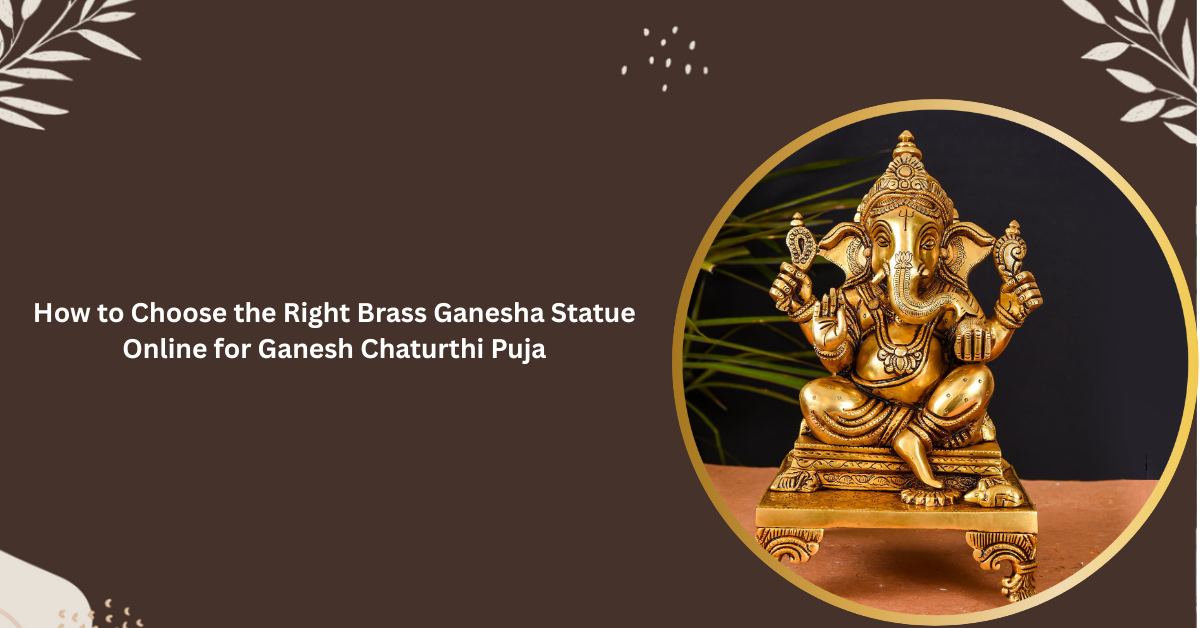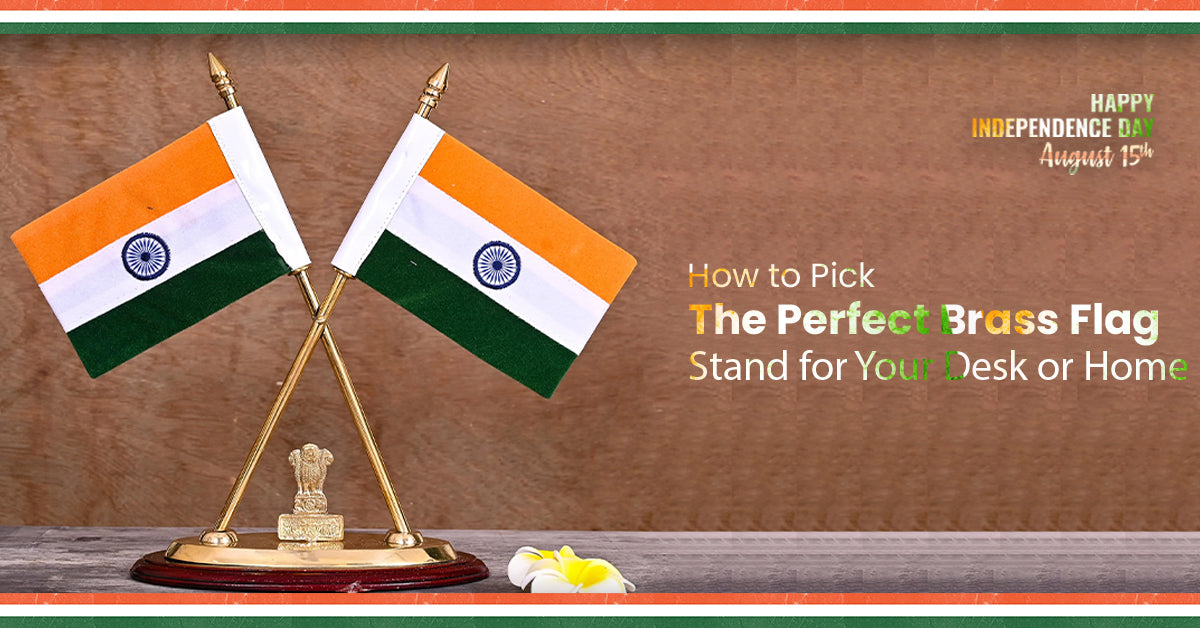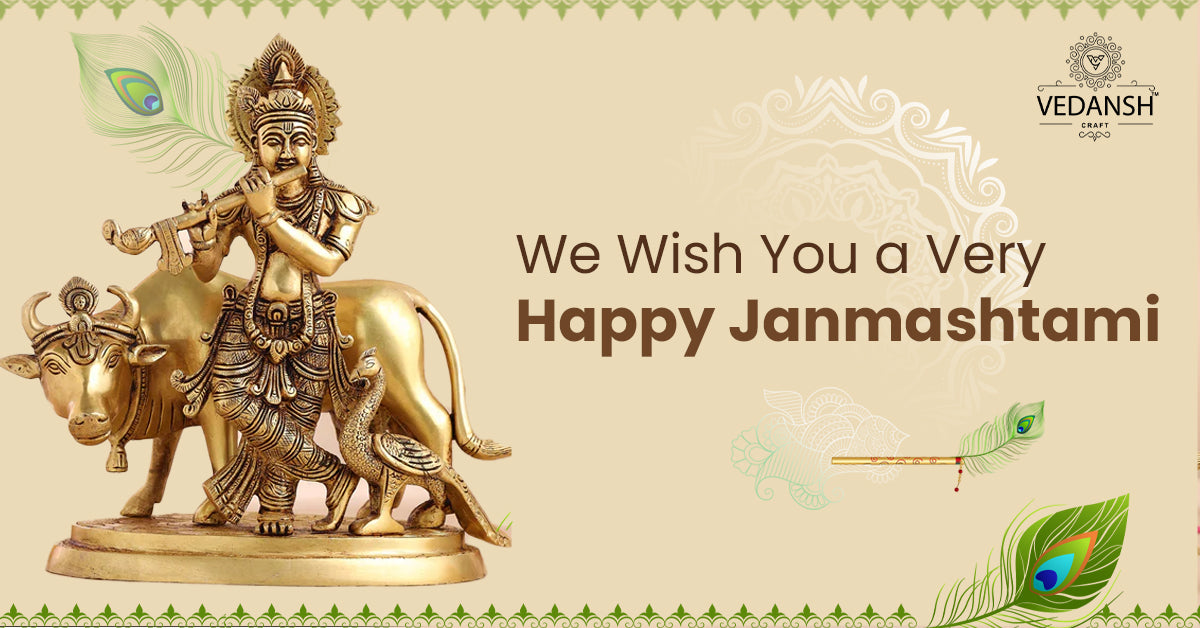

Dhokra Art: Legacy
, by javed techqart, 5 min reading time
Dhokra is an art form thought to be over 4,000 years old. It is a reflection of India's rich cultural heritage. The iconic "dancing girl" figurine discovered in Mohenjo-Daro, an Indus Valley Civilization city, provides evidence of its existence. This art form is still revered not only in India, but around the world. From Milan to Paris and London, collectors are drawn to the beauty and ageless legacy of each Dhokra item.
The Dhokra Art Process
Dhokra art is a fascinating interplay of tradition and skill that is passed down through generations. The artisans, primarily from the Dhokra Damar tribe, come from a variety of regions in India, including West Bengal, Odisha, Jharkhand, Chhattisgarh, Kerala, and Rajasthan.
The process begins with crafting a clay base, using rice husk as a binding agent. This sun-dried core forms the foundation for the design. Next comes the creation of the mold using a beeswax and resin mixture. These intricate shapes are meticulously attached to the clay base. Once complete, the mold is encased in layers of clay and rice husk, forming a sturdy exterior.
Molten brass, the metal of choice for most Dhokra pieces, is then poured into the mold, replacing the melted away wax - hence the term "lost-wax" casting. After cooling, the clay exterior is broken away, revealing the exquisite Dhokra piece in its raw form. The final step involves adding finishing touches, a process that can involve polishing, etching, or hammering to create a truly unique work of art.
Dhokra Handicrafts
Dhokra works are distinguished by their folk themes, clean lines, and particular rustic appeal, which set them apart from other metalworking traditions. Traditionally, tribal women prized Dhokra jewelry. Today, artists continue to make breathtaking necklaces, bracelets, earrings, and anklets, drawing inspiration from nature, deities, and everyday life. These objects are more than just ornaments; they have cultural importance and tell stories about the people that make them.
Beyond jewelry, Dhokra encompasses a diverse range of items - bowls, measuring cups, home decor pieces with intricate animal and geometric designs, and even kitchenware. These handcrafted treasures add a touch of elegance, cultural richness, and a conversation starter to any space.
Regional Variations in Dhokra Art
Dhokra art flourishes in various regions of India, each with its own distinct style. West Bengal's Bankura district is renowned for intricate depictions of human figures engaged in daily activities and animals like elephants and peacocks. Jharkhand's Malhar tribe specializes in creating exquisite vases, keychains, miniature figurines depicting local deities and tiny, delicate jewelry. Chhattisgarh's Dhokra art is characterized by the use of recycled brass, lending the pieces a unique, rustic charm. The artists here draw inspiration for their designs from mythology, nature, and the everyday rituals of their communities.
Dhokra Art: Challenges and the Path Forward
Despite its enduring popularity, Dhokra art faces challenges. Rising raw material costs force artisans to use inferior substitutes, impacting the quality of their work. Limited access to direct markets and a lack of awareness about new design trends can also hinder their growth. Promoting and supporting these skilled craftspeople is crucial to ensuring the survival of this ancient art form.
Preserving Dhokra Art
Dhokra art is a national treasure, a captivating link to India's artistic heritage. By consciously choosing to purchase Dhokra creations, we can empower these artisans, ensure the continuation of this timeless art form, and keep its legacy alive for generations to come. In doing so, we not only acquire a beautiful piece of art but also contribute to the preservation of a cultural tradition that has thrived for millennia.
While the challenges faced by Dhokra artisans are significant, there are positive steps being taken to ensure the art form thrives in the future.
- Government Initiatives: Government programs and awards aim to recognize the talent of Dhokra artisans and provide financial assistance. Workshops and training sessions equip them with new skills and knowledge about design trends and marketing strategies.
- Sustainable Practices: The use of recycled brass and eco-friendly materials is gaining traction. This not only reduces costs but also promotes environmental sustainability.
- Design Collaborations: Collaborations between traditional artisans and contemporary designers are opening new avenues. By incorporating modern aesthetics while staying true to the core essence of Dhokra, these collaborations create a wider appeal for the art form.
- Online Marketplaces: E-commerce platforms and online stores like Vedansh Craft are providing Dhokra artisans with a wider reach, allowing them to connect with customers directly and eliminate the involvement of middlemen.
Dhokra art is a captivating fusion of tradition, skill, and cultural heritage. By supporting Dhokra artisans through conscious purchases, we can ensure the economic well-being of these communities and safeguard this ancient art form for generations to come.
Explore online marketplaces or visit regional craft fairs to discover the exquisite world of Dhokra art. Each piece you acquire is not just a beautiful object but a symbol of a thriving cultural tradition and the dedication of the skilled artisans who keep it alive. Let's embrace the timeless legacy of Dhokra art and empower its future.
Tags
Blog posts





